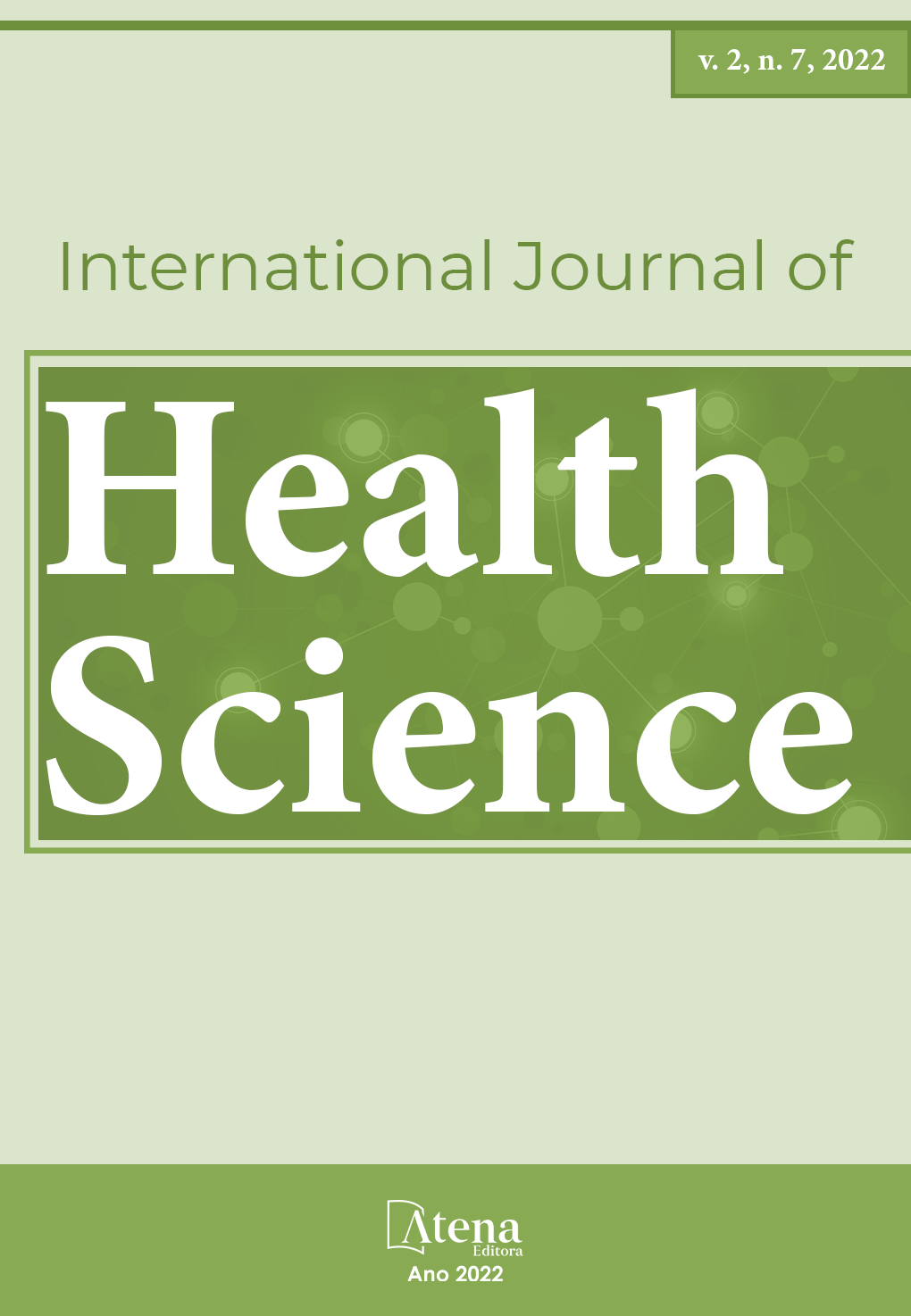
COMPARISON BETWEEN TRACHEAL INTUBATION OF FAST AND DELAYED SEQUENCE IN AIRWAY MANAGEMENT IN THE COVID-19 PANDEMIC
INTRODUCTION: In general, the treatment of Severe Acute Respiratory Syndrome (SARS) is directed to the underlying pathology and, mainly, to ventilatory support. This can be provided through tracheal intubation, whose techniques are divided into delayed or rapid sequence. In rapid sequence, the main objective of the technique is to position the endotracheal tube as quickly as possible after the patient loses consciousness, reducing the risk of aspiration of gastric contents. Despite this, in a subset of patients, the rapid sequence technique does not allow adequate preoxygenation and does not prevent desaturation and its complications. Due to the different pros and cons of each type of intubation sequence, the present study aims to compare them in the context of the patient infected with COVID-19. METHODOLOGY: This work was based on a bibliographic review of national and international scientific literature in journals indexed in Google Scholar databases, including the National Library of Medicine (MEDLINE) and Scientific Electronic Library Online (SciELO) from the year 2020, 2560 results were found. Of these, those whose approach addressed aspects of rapid and delayed sequence intubation, as well as, its proposition in patients with COVID-19, were chosen. RESULTS: The advantage of Delayed Sequence Intubation is the hemodynamic improvement after reaching the Dissociative State and pre-oxygenation, allowing a new evaluation and, in some cases, the absence of intubation, interrupting the procedure. On the other hand, this technique is not without complications. The most feared is the presence of apnea after 45 seconds of Ketamine administration. The rapid sequence has documented safety and efficacy and reduces the number of complications caused by conventional intubation when performed by a trained professional who carefully evaluates the patient. Thus, it is an appropriate sequence for patients who need emergency intubation, such as those with SARS. The main cons are related to drug side effects and difficulty with managing complicated airways. CONCLUSIONS: The rapid sequence continues to be a well-indicated option in emergency cases, such as SARS due to COVID-19, and has shown good results in national and international studies. The delayed sequence has been preferred in those cases in which a difficult airway is identified, as these cases may take longer to intubate and the technique avoids drug-induced respiratory depression, reducing the risk of severe hypoxemia.
COMPARISON BETWEEN TRACHEAL INTUBATION OF FAST AND DELAYED SEQUENCE IN AIRWAY MANAGEMENT IN THE COVID-19 PANDEMIC
-
DOI: 10.22533/at.ed.159272213024
-
Palavras-chave: COVID-19. Tracheal Intubation. Airway Management.
-
Keywords: COVID-19. Tracheal Intubation. Airway Management.
-
Abstract:
INTRODUCTION: In general, the treatment of Severe Acute Respiratory Syndrome (SARS) is directed to the underlying pathology and, mainly, to ventilatory support. This can be provided through tracheal intubation, whose techniques are divided into delayed or rapid sequence. In rapid sequence, the main objective of the technique is to position the endotracheal tube as quickly as possible after the patient loses consciousness, reducing the risk of aspiration of gastric contents. Despite this, in a subset of patients, the rapid sequence technique does not allow adequate preoxygenation and does not prevent desaturation and its complications. Due to the different pros and cons of each type of intubation sequence, the present study aims to compare them in the context of the patient infected with COVID-19. METHODOLOGY: This work was based on a bibliographic review of national and international scientific literature in journals indexed in Google Scholar databases, including the National Library of Medicine (MEDLINE) and Scientific Electronic Library Online (SciELO) from the year 2020, 2560 results were found. Of these, those whose approach addressed aspects of rapid and delayed sequence intubation, as well as, its proposition in patients with COVID-19, were chosen. RESULTS: The advantage of Delayed Sequence Intubation is the hemodynamic improvement after reaching the Dissociative State and pre-oxygenation, allowing a new evaluation and, in some cases, the absence of intubation, interrupting the procedure. On the other hand, this technique is not without complications. The most feared is the presence of apnea after 45 seconds of Ketamine administration. The rapid sequence has documented safety and efficacy and reduces the number of complications caused by conventional intubation when performed by a trained professional who carefully evaluates the patient. Thus, it is an appropriate sequence for patients who need emergency intubation, such as those with SARS. The main cons are related to drug side effects and difficulty with managing complicated airways. CONCLUSIONS: The rapid sequence continues to be a well-indicated option in emergency cases, such as SARS due to COVID-19, and has shown good results in national and international studies. The delayed sequence has been preferred in those cases in which a difficult airway is identified, as these cases may take longer to intubate and the technique avoids drug-induced respiratory depression, reducing the risk of severe hypoxemia.
-
Número de páginas: 6
- Mário Augusto Ferreira Cruz
- Cássia Fernanda dos Santos Rosa
- Gustavo Alves Aguiar
- Ana Carolina Matiotti Mendonça
- Andrey Melo Campos
- Paulo de Tarso Alves Matias
- Pedro Henrique Santos de Jesus
- Lucas Gomes Dantas
- Giovanna Medeiros Resende
- Bruno José Santos Lima
- Ayla Gabriella Silva Ribeiro
- Rafael da Silva Lemos


